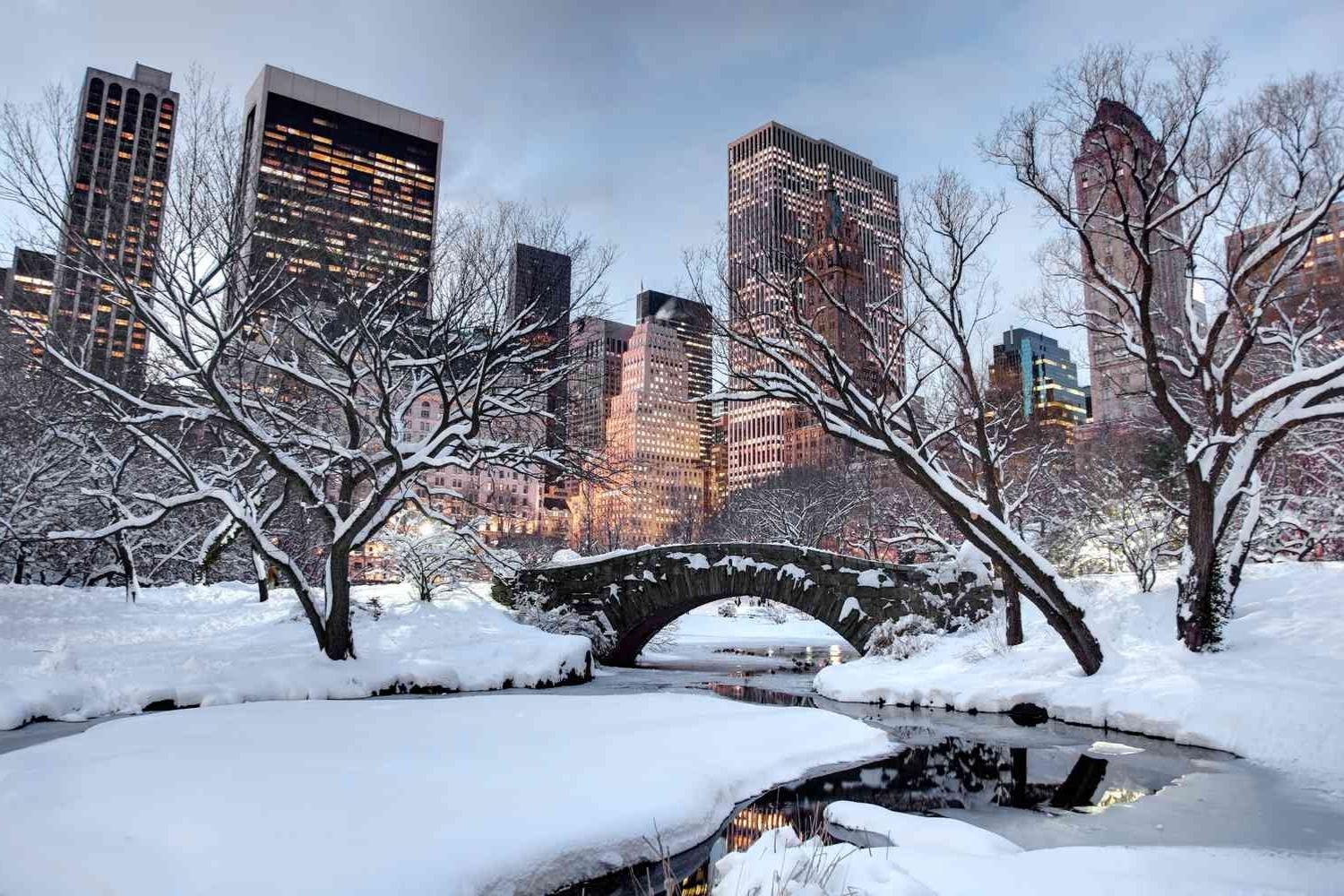
New York weather can be quite the rollercoaster. Did you know that New York City experiences all four seasons in full swing? Winters can be freezing with temperatures dropping below 32°F, while summers can be sweltering, often hitting 90°F. Spring and fall offer a pleasant mix, but they can be unpredictable. Snowstorms are common in winter, sometimes bringing the city to a standstill. Rainfall is fairly consistent throughout the year, averaging about 50 inches annually. Humidity can make summer days feel even hotter. Wind is another factor, especially in the colder months, making temperatures feel much lower. Understanding these weather patterns can help you plan your visit or daily activities better. Buckle up for a deep dive into 20 fascinating facts about New York weather!
New York's Weather: A Tale of Four Seasons
New York's weather is as dynamic as the city itself. From sweltering summers to icy winters, the Big Apple experiences a full range of climatic conditions. Here are some fascinating facts about New York's weather.
-
New York experiences all four seasons distinctly. The city sees hot summers, crisp autumns, cold winters, and blooming springs, making it a year-round destination.
-
Summer temperatures can soar. In July, the hottest month, temperatures can reach up to 90°F (32°C) or higher, making air conditioning a must.
-
Winter can be brutally cold. January is the coldest month, with temperatures often dropping below freezing. Snowstorms are common, and the city can receive up to 25 inches of snow annually.
Rain and Snow: The Wet and White
New York's precipitation patterns add another layer of complexity to its weather. Rain and snow can significantly impact daily life in the city.
-
New York gets a fair amount of rain. The city averages about 50 inches of rain per year, with May being the wettest month.
-
Snowfall varies each year. While the city averages 25 inches of snow annually, some years see much more, and others much less.
-
Nor'easters can bring heavy snow. These powerful storms can dump several feet of snow in a short period, causing major disruptions.
The Windy City?
While Chicago holds the nickname "The Windy City," New York can also experience some gusty conditions.
-
New York can be quite windy. Wind speeds average around 12 mph, but gusts can reach much higher, especially during storms.
-
Tall buildings can create wind tunnels. The city's skyscrapers can channel wind, making it feel even stronger at street level.
Weather Extremes: From Heatwaves to Hurricanes
New York's weather isn't just about the average conditions. The city also experiences some extreme weather events.
-
Heatwaves are common in summer. Prolonged periods of extreme heat can pose health risks, especially for vulnerable populations.
-
Hurricanes can impact the city. While not as frequent as in the southern U.S., hurricanes like Sandy in 2012 have caused significant damage.
-
Flooding is a concern. Heavy rains and storm surges can lead to flooding, particularly in low-lying areas and near the coast.
Climate Change and Its Impact
Like many places around the world, New York is feeling the effects of climate change.
-
Winters are getting warmer. Average winter temperatures have been rising, leading to less snowfall and more rain.
-
Sea levels are rising. This increases the risk of coastal flooding, especially during storms.
-
Heatwaves are becoming more frequent. Higher average temperatures mean more days of extreme heat each summer.
Fun Weather Facts
Beyond the serious stuff, New York's weather has some quirky and interesting aspects.
-
Central Park has its own weather station. This provides detailed data on the park's unique microclimate.
-
The city has experienced a white Christmas. While not common, New York has seen snow on Christmas Day several times.
-
Thunderstorms are common in summer. These can bring heavy rain, lightning, and even hail.
-
Fog can blanket the city. Especially in spring and fall, fog can roll in, creating an eerie atmosphere.
-
The city has a "heat island" effect. Urban areas can be significantly warmer than surrounding rural areas due to human activities and infrastructure.
-
New York's weather can change quickly. It's not uncommon to experience multiple weather conditions in a single day, so always be prepared!
Weather Wonders of New York
New York weather is a rollercoaster of surprises. From blistering summers to frigid winters, the city experiences it all. Spring and fall offer a pleasant respite with mild temperatures and colorful scenery. Snowstorms can blanket the city, transforming it into a winter wonderland, while heatwaves can make summer days feel endless. Rainfall is fairly consistent throughout the year, keeping the city's parks and gardens lush. Hurricanes and tropical storms occasionally make their presence felt, reminding everyone of nature's power. Microclimates within the city mean that weather can vary significantly from one neighborhood to another. Whether you're a local or a visitor, understanding these weather patterns can help you better prepare for your time in the Big Apple. So, next time you're planning a trip or just heading out for the day, keep these weather facts in mind.
Was this page helpful?
Our commitment to delivering trustworthy and engaging content is at the heart of what we do. Each fact on our site is contributed by real users like you, bringing a wealth of diverse insights and information. To ensure the highest standards of accuracy and reliability, our dedicated editors meticulously review each submission. This process guarantees that the facts we share are not only fascinating but also credible. Trust in our commitment to quality and authenticity as you explore and learn with us.
